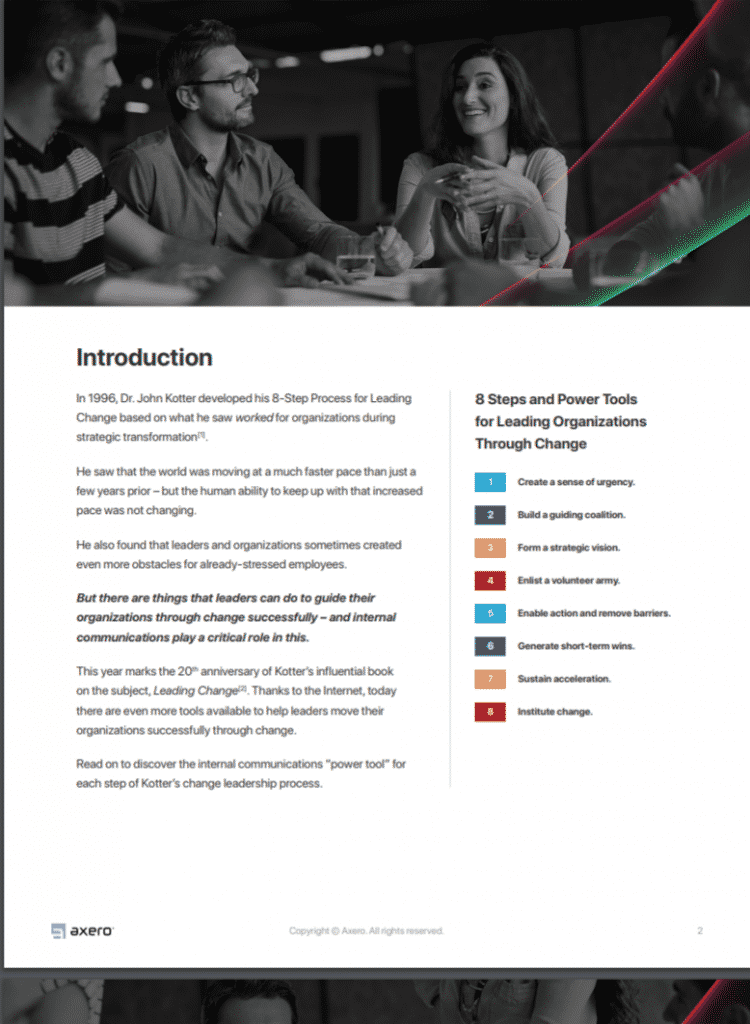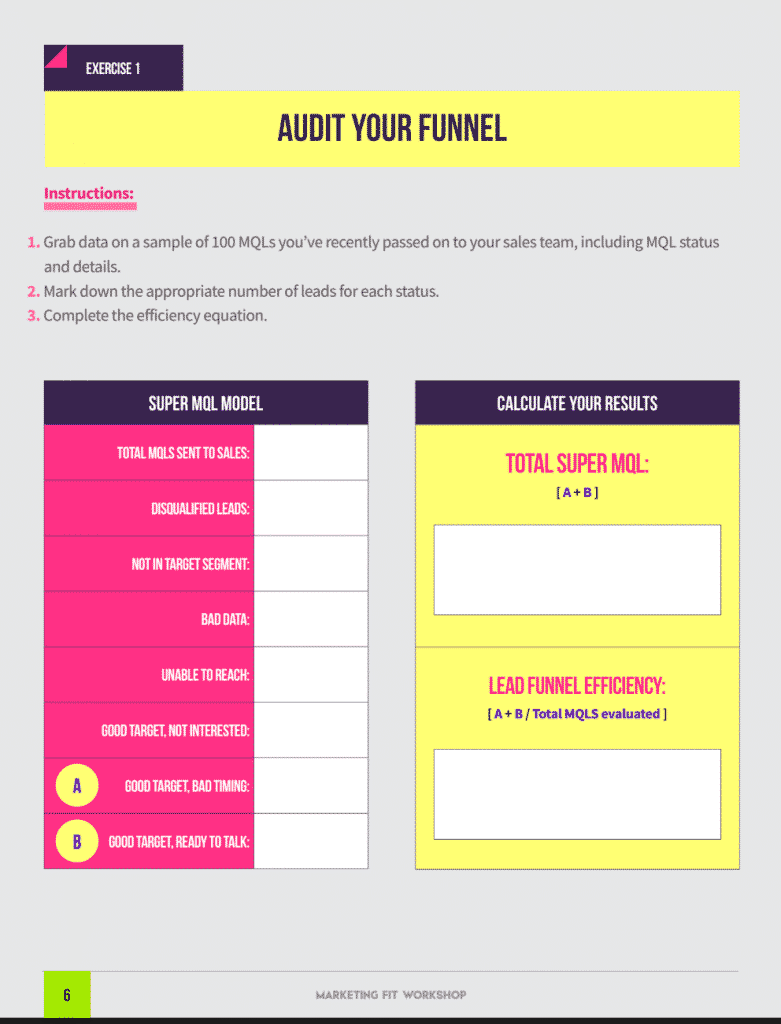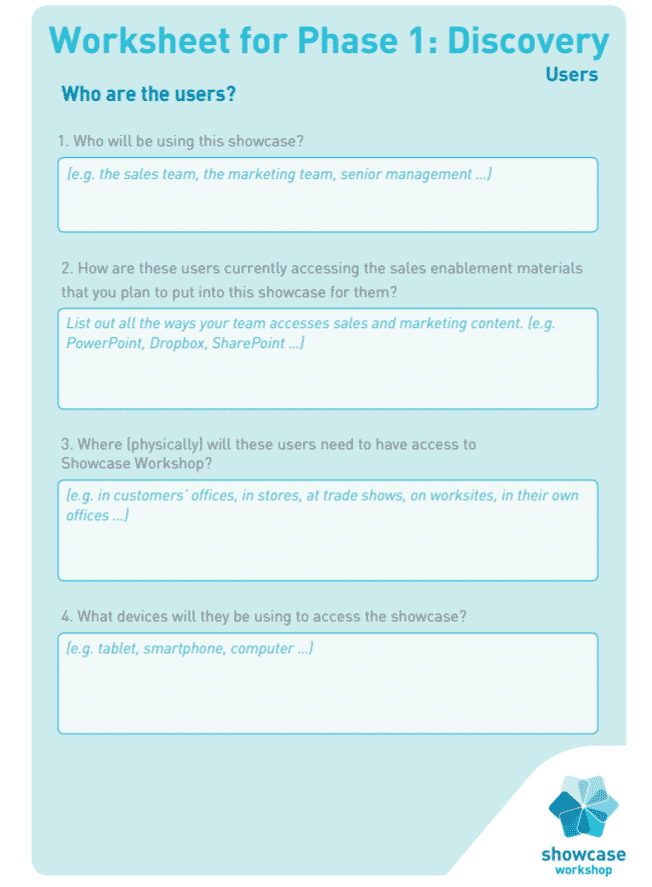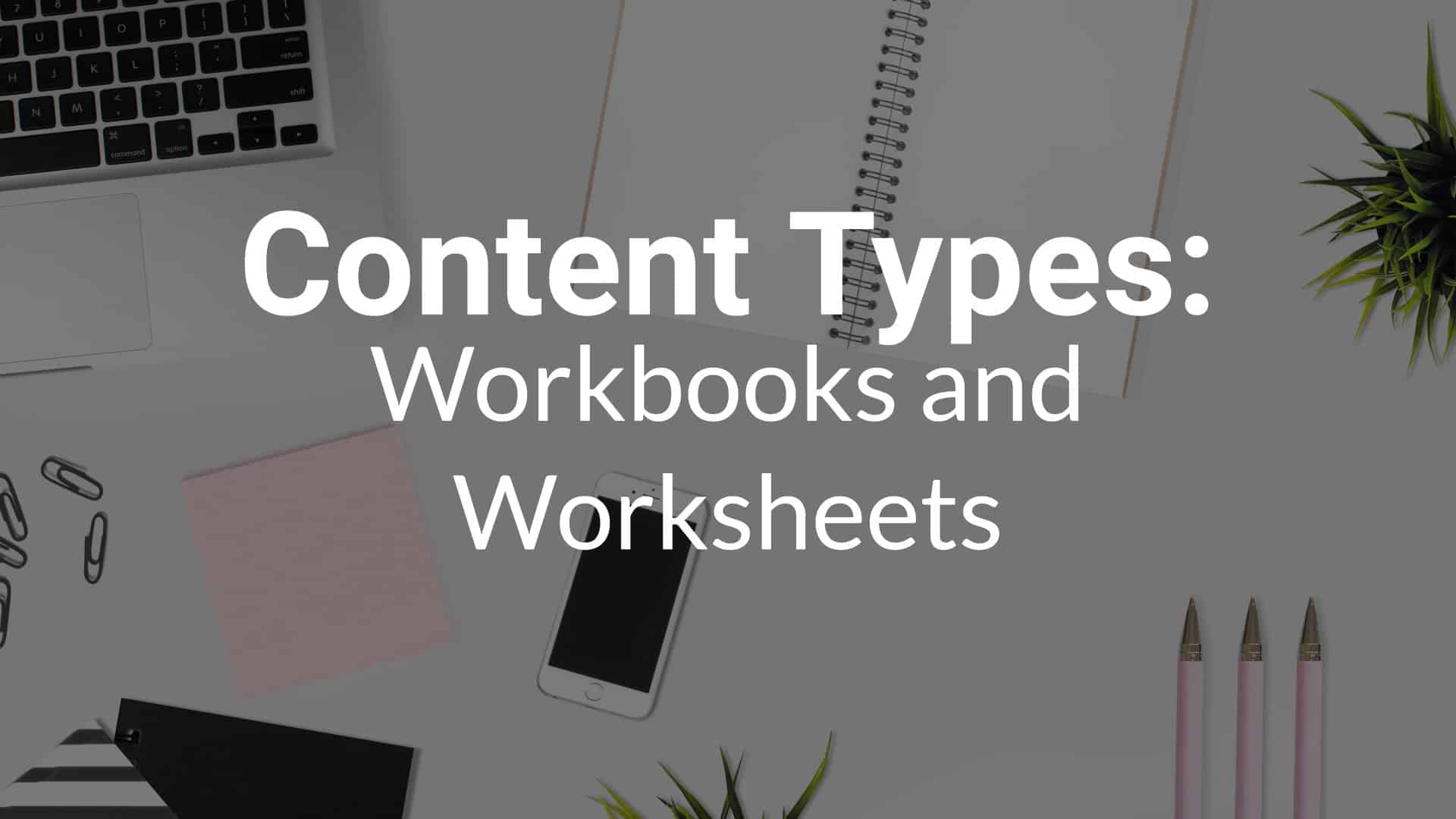Welcome to the eighth post in the Content Types series from Horizon Peak Consulting. Now that we’ve rolled out all 8 posts in the series, we hope that you’ve spotted some new opportunities for engaging your target audience and making more sales with your marketing content.
There’s an old Chinese proverb:
Tell me and I’ll forget; show me and I may remember; involve me and I’ll understand.
We talk a lot about educating our readers when we talk about content marketing — about serving our audience with information that teaches them something, that helps them make progress. That’s what so much of this series on content types has been about.
But what better way to help someone really learn something than to give them a resource that helps them work through it on their own?
Workbooks and worksheets address this need.
They’re great complements to any educational content — a blog post, an e-book — that contains actionable information.
With workbooks and worksheets, you’re giving the reader something tangible that they can use to apply the lessons to their own lives.
Pretty simple, right? We get so wrapped up in persuading our audience, that we often overlook the most compelling tactic of all: Helping them solve their problems.
Learning by Doing
A workbook or worksheet is an interactive piece of a content that helps your audience put information into action. It helps your reader turn your educational, how-to information into reality.
Because let’s face it: How often do we read a good blog post or an e-book about something we know we should be doing, and then get overwhelmed when we think about implementing it?
Workbooks and worksheets can make new information feel much more accessible. For example, they can:
- Break a larger process down into manageable chunks
- Provide guidelines for ideation
- Help your audience come up with a plan
They take your reader that much further in solving their problem. They build confidence. They solidify your expertise.
A workbook or worksheet is usually (but not always) offered as a complement to other content. In fact, they’re often offered as content upgrades and relate directly to the piece of content they accompany.
What Makes a Good Workbook or Worksheet
The most important thing to know about workbooks and worksheets is that they have to be relevant and practical.
If your workbook or worksheet is full of more abstract information that requires the reader to imagine how it would look in their own lives, you’ve failed.
Specificity is key here. Do not make your audience guess at next steps. Each exercise or step you give them should be incremental and clear.
Example 1: Complement to Blog Post
As I mentioned, workbooks and worksheets are very commonly promoted as a content upgrade to some other piece of content. And that strategy works really well if the main content covers a “big idea” that an audience might love, but struggle to implement.
Take this example from intranet platform provider Axero. They published a long-form post on their blog about how to communicate during organizational change. Now, this is a problem pretty much every leader has to face at some point — and it’s a meaty topic. Their post takes a deep-dive into why communication during organizational change is so critical, and what people need to hear at different times.
But a post like that can only do so much.
To help their audience further, Axero offered a downloadable workbook with the post, called 8 Steps and Power Tools for Leading Organizations Through Change. In it, they provide concrete, actionable steps that leaders can use to build out a solid communication plan when taking their through strategic change.

Example 2: Standalone Content
Workbooks and worksheets can work well as standalone content, too.
In this case, the business would choose a particular subject to cover — usually one that aligns with their audience’s objectives and requires concrete steps to implement — and they roll it up into one content asset (with the emphasis on implementation).
Take this example from SnapApp. They put together a workbook called Let’s Get Marketing Fit! that lays out a step-by-step process for evaluating your existing marketing strategies and identifying areas for improvement.
The workbook contains a mix of educational information with examples, plus accompanying exercises to put the information into action.
In the first chapter, the workbook describes the importance of a funnel audit in laying the foundation for your marketing activities, with an example. Before moving on to the next chapter, there’s worksheet that readers can use to audit their own funnel.

Example 3: Hybrid — White Paper With Workbook
Workbooks don’t have to be like the activity books that you might remember from school! In fact, many companies take a hybrid approach, combining conceptual and informational material with hands-on exercises to reinforce the message.
Showcase Workshop does a good job of this with their Content Planning Guide, a sort of hybrid piece of content piece that’s both white paper and workbook combined.
It actually works really well. Each section covers a particular phase of content planning, with a detailed description of what is required for each activity. Then, the audience has a worksheet like the one below to put the information into action:

Notice how specific each question is? They’re intended to help the reader capture as much detail about their own circumstances and environment as possible, which will help them work through the larger process of developing a content plan.
Informatica does something similar with The Big Big Data Workbook. The workbook is promoted as a practical guide to managing big data, but it also contains a lot of high-level strategic guidance.
While the first part of the workbook covers a lot more high-level content on the importance of using big data for your projects, the workbook gets down to the nitty-gritty in the second part, with exercises like this one on setting business goals:

Combining tactical exercises in a content piece that also covers a big topic at a higher level helps make the message real for the reader.
Workbook … or Work Horse?
Workbooks and worksheets often get overlooked as effective content types.
Sure, they may not be as “fancy” as a white paper, or as persuasive as a case study, but if you do them right, they can connect your reader to your content in a very concrete way.
And if you can help your audience get just a little bit further in their quest to solve a problem — by actually getting them started on implementing your guidance — they’ll be that much more likely to take the next step in their buyer journey, too.
